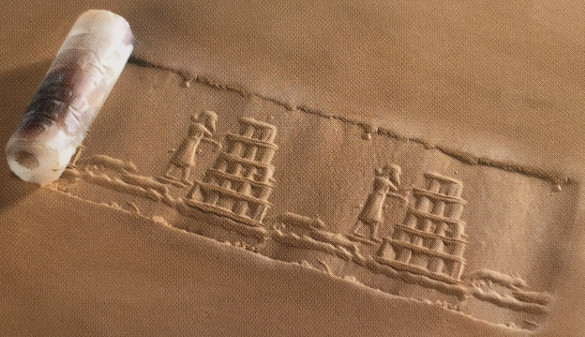You are seeing an unstyled version of this site. If this is because you are using an older web browser, we recommend that you upgrade to a modern, standards-compliant browser such as FireFox [http://www.getfirefox.com/], which is available free of charge for Windows, Mac and Linux.

Various cuneiform chronographic sources (including King List A [http://oracc.museum.upenn.edu/ribo/kinglists/kinglista/index.html]) record that a new dynasty came to power in Babylon after the death of the third and last king of the Second Dynasty of the Sealand (1025-1005 BC) and state that that dynasty's three rulers exercised authority over Babylonia for twenty years and three months (1004-985 BC). The dynasty is said to have come from Bīt-Bazi (variant: Basa), which may have been situated near the juncture of the Diyala River and Tigris River; Bīt-Bazi is also the name of a Kassite clan or tribe and, therefore, it may be the case that one or more of the kings of the "Bazi Dynasty" had some Kassite origin. This website presents lemmatized transliterations and searchable translations of the royal inscriptions of the three kings of Babylon who ruled southern Iraq from approximately 1004 BC to 985 BC, together with a few resources and materials for their study and their historical context.
RIBo, a sub-project of the Official Inscriptions of the Middle East in Antiquity (OIMEA) Project, publishes in a single place easily accessible and annotated (lemmatized) editions of Akkadian and Sumerian royal inscriptions from Babylonia that were composed between 1157 BC and 64 BC. The corpus of edited texts in this RIBo sub-project ("Babylon 4") presently includes:
